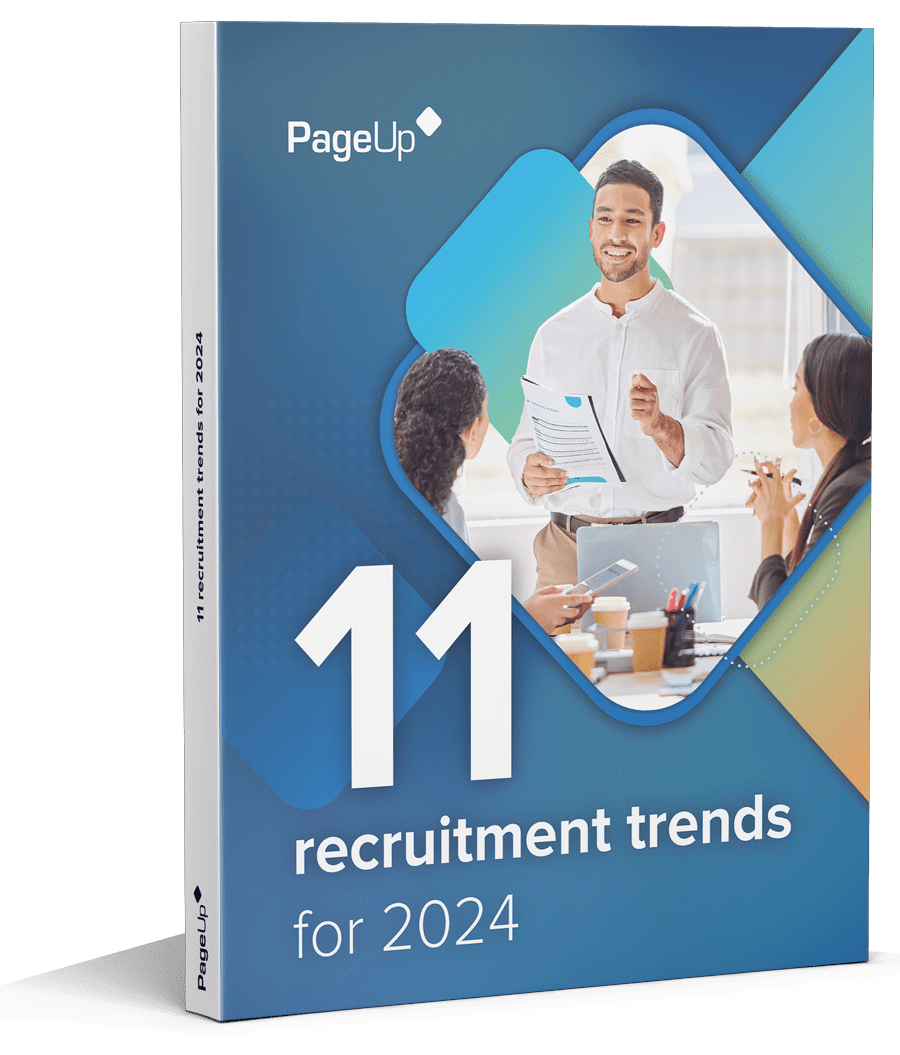Fully optimised talent acquisition is business-critical, and to achieve it, organisationsorganizations need to skillfully and proactively handle current changes, while also keeping an eye fixed on the future. To embed best practice talent acquisition, your organisationorganization needs to be agile enough to manage and react to the rapidly changing and evolving employment marketplace.
While some organisationsorganizations are standout early adopters, most vary widely on technological maturity, with a fair number overwhelmed by the sheer range of products and systems now available.
Here we outline several reasons as to why you should consider acquiring and implementing cloud-based recruitment technology at your organisationorganization, to meet your talent acquisition objectives.

So much more than just applicant tracking
Recruitment management technologies are the right-hand of modern recruitment. Investment in talent acquisition software-as-a-service allows an embedded, integrated approach to candidate management that goes beyond just a simple applicant tracking system, or worse still, an Excel spreadsheet. By automating transactional activities, time can be reassigned to more strategic human capital management activities. But further than this, a unified recruitment management system (RMS) integrates the full scope of the candidate experience — acquisition, onboarding, provisioning, succession — and provides a comprehensive and customisablecustomizable experience that is both visible and measurable.
Gartner predicts that by 2019, nearly 60% of HR leaders will use a unified talent management strategy.1 The uptake of a technology-integrated solution has been shown to significantly improve performance: organisationsorganizations with a higher-than-average adoption of HR applications (such as talent management technologies) have a 13% greater return on equity than if they didn’t.2

Get your head in the cloud
Agile, cloud-based RMS’s overcome many of the difficulties of implementing a unified system. A cloud-based RMS integrates more seamlessly into existing recruitment ecosystems, as well as being considerably more adaptable to multi-device use, such as mobile technology: mobile access increases manager adoption of technology from 41% to 66%.3 These systems will allow recruiters and hiring managers to easily and affordably find, evaluate and organiseorganize top job candidates, while innovative assessment and filtering techniques will help provide a 360-degree holistic view of top applicants.4

But it’s not just about you
Effective recruitment technology solutions can also improve the interactions between hiring managers and recruitment teams. This is key, as research shows that internal engagement and relationship building is essential to recruitment. Bersin reports that a strong relationship between recruitment teams and hiring managers is by far the top driver of talent acquisition performance: “The impact of effective relationships with hiring managers is seen not only by smarter hiring decisions and increased productivity but also through the greater perception and value of talent acquisition as a whole in the organisationorganization.”5

Show me the numbers
From an analytics and measurement standpoint, the power of a full-service RMS is that it will facilitate the capture and analysis of both broad metrics — time to fill, quality of hire, source of hire including internal development and promotion, manager satisfaction — as well as analytics that will drive strategic innovation. Ultimately in the future, the best talent-centric organisationsorganizations will focus on analysis and workforce management, making strategic decisions that are based on predictive modeling, big data, and prescriptive analytics.

What? Talk to talent even BEFORE I have a job req open?
With 73% of CEOs citing skills shortages at crisis levels,6 organisationsorganizations can no longer expect talent to come to them, but must invest in a broad range of strategies to identify, engage and recruit prospective employees, as well as identify, manage and career path existing employees for promotion. OrganisationsOrganizations need to look for candidates through their social media profiles, and anywhere else they have a Web presence, since today’s professionals expect employers to search for them and take their online branding and positioning very seriously.7 — the modern recruitment experience is very much a proactive, employer-based one.
As we’ve already recognisedrecognized, when it comes to proactive sourcing, technology and social media are essential tools in the hands of the recruiter. It is well established that technology issues, such as a lack of mobile optimisationoptimization, will discourage talent from applying for jobs. A seamlessly integrated RMS with embedded Candidate Relationship Management (CRM) functionality, can remove a considerable amount of the burden in this regard, by providing the mobile optimisationoptimization, cloud connectivity and social integration that are all basic requirements for the best-in-field recruiter.

So, what now?
In striving to achieve best practice in this area, it is essential to invest in a mature solution backed by solid R&D and a track record of performance, but also one that suits your business model. The modern workforce has come to expect a seamless consumer-style experience from all interactions. This means not having a proper RMS, or having one that doesn’t deliver as it should, may not have strong uptake, and will be a significant barrier to attracting new talent.
If you’re interested in finding out more about what a complete recruitment management system can do for you and how it can meet your ever-evolving talent acquisition needs, please reach out to us and we’d be more than happy to chat with you and see how we could help take your recruitment process and practices to the next level.
References
- Freyermuth, J., Hanscome, R., Cameron, Y, & Poitevin, H., November 13, 2014, Predicts 2015: Nexus of Forces Enables Human Capital Management to Support the Digital OrganisationOrganization. Gartner.
- Martin, L., Harris, S., & Marier, J., 2015, The Continuing Quest to Prove the Value of HR Technologies Adoption. Sierra-Cedar.
- Sierra-Cedar, 2014, Sierra-Cedar HR Systems Survey: HR Technologies, Deployment Approaches, Integration, Metrics, and Value 17th Annual Edition.
- Fallon Taylor, N., Hiring in the Digital Age: What’s Next for Recruiting? 11 January 2016 http://www.businessnewsdaily.com/6975-future-of-recruiting.html (Accessed August 30 2016)
- Bersin by Deloitte, 2014, High-Impact Talent Acquisition: Key Findings and Maturity Model
- PWC. People Strategy for the Digital Age: A New Take on Talent – 18th Annual Global CEO Survey. PWC, 2015.
- Fallon Taylor, N., Hiring in the Digital Age: What’s Next for Recruiting? 11 January 2016 http://www.businessnewsdaily.com/6975-future-of-recruiting.html (Accessed August 30 2016)
Fresh insights for HR
Stay up to date with HR trends, tips and more when you sign up for our industry newsletter






